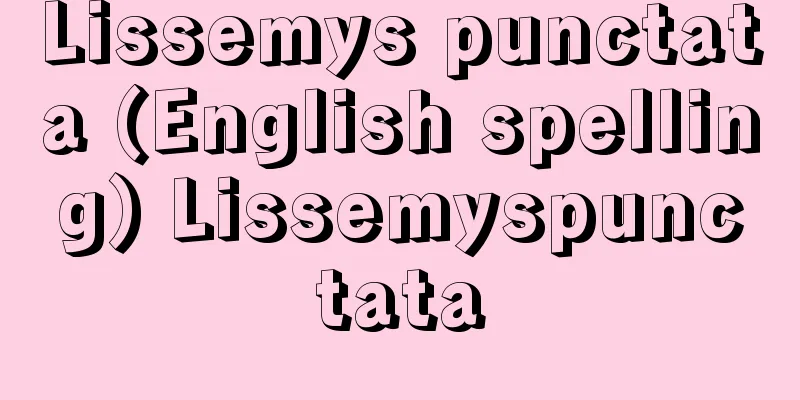Shinpei Nakayama

|
Year of death: December 30, 1952 Year of birth: March 22, 1887 A composer from the Meiji to Showa periods. He wrote many familiar songs, including children's songs, popular songs, new folk songs, and art songs. He moved to Tokyo from Nagano Prefecture in 1905 (Meiji 38). He graduated from the instrumental music department (piano) of the Tokyo Music School (Tokyo University of the Arts) while working as a clerk for the Shimamura Hogetsu family. He gained popularity with hits such as "Katyusha no Uta," "Gondola no Uta," and "Sasurai no Uta," which he composed for plays at the Geijutsuza theater led by Hogetsu. He then composed "Sendō Kouta," with lyrics written by Noguchi Ujō, in 1921 (Taisho 10). This was a huge hit and became the basic form of Japanese popular songs, and this, along with the series of popular songs he followed, such as "Tokyo Ondo" and "Tokyo March," was known as the Shinpei style. He also participated in the children's song movement from an early stage, and composed many masterpieces, such as "Shojoji no Tanukibayashi," "Back Comparison," "Amefuri," "Shoulder Tapping," "Rainy Moon," "That Town, This Town," "Sunayama," "Mari to Tonosama," and "Teru Teru Bozu," mainly for the children's magazines "Kin no Fune" and "Kin no Hoshi." He also played a major role in the new folk song movement, and many of his songs, such as "Suzaka Kouta," "Tokamachi Kouta," and "Tenryuu Gakereba," are still sung today. He also composed artistic songs such as "Departure Ship's Port" and "Hoko wo Samete." Through these many compositions, Nakayama Shinpei was always on the side of the Japanese people. He loved folk songs, studied their scales and melodic movements, played the shamisen, and devised piano accompaniments that were simple but brought out the melody. During the Taisho period, Japanese composers were searching for Japanese expression, and Nakayama Shinpei was the one who created the most common style among them. (Yoshiko Kojima) Source: Asahi Japanese Historical Biography: Asahi Shimbun Publications Inc. About Asahi Japanese Historical Biography |
|
没年:昭和27.12.30(1952) 生年:明治20.3.22(1887) 明治から昭和にかけての作曲家。童謡,歌謡曲,新民謡,芸術歌曲など親しみ易い多くの歌を作った。長野県から明治38(1905)年に上京。島村抱月家の書生を務めながら東京音楽学校(東京芸大)本科器楽部(ピアノ)を卒業。抱月の主宰する芸術座の劇中歌として作曲した「カチューシャの唄」「ゴンドラの唄」「さすらいの唄」などがヒットして人気を得る。その後,野口雨情作詞の「船頭小唄」を大正10(1921)年に作曲。これが大ヒットして日本の歌謡曲の基本的な型となり,その後の「東京音頭」「東京行進曲」など一連の歌謡曲も含めて,晋平節といわれた。また童謡運動には早くから参加し,主に児童雑誌『金の船』『金の星』を中心に「証城寺の狸囃子」「背くらべ」「アメフリ」「肩たたき」「雨降りお月さん」「あの町この町」「砂山」「鞠と殿さま」「てるてる坊主」など多くの傑作を作った。また新民謡運動でも大きな役割を果たし,「須坂小唄」「十日町小唄」「天竜下れば」など多くの作品が現在でも歌われている。さらに「出船の港」「鉾をおさめて」など芸術的な歌曲も作っている。これらの多くの作品を通じて中山晋平はいつも日本の民衆の側にあった。民謡を愛し,その音階やメロディーの動きを研究し,三味線も弾いて,単純ながらメロディーを生かすピアノ伴奏も工夫している。大正期に日本の作曲家たちは日本的表現を模索していたが,その中で中山晋平は最も庶民的なスタイルを作りあげた作曲家であった。 (小島美子) 出典 朝日日本歴史人物事典:(株)朝日新聞出版朝日日本歴史人物事典について 情報 |
<<: Nakayamadaira [Hot Spring] - Nakayamadaira
Recommend
Toll - Toll
Tolls for passing through checkpoints on various ...
Glastonbury
A town in the Mendip region of the northeastern So...
International Financial Cooperation
In light of the devastating experiences of the Gre...
Normanton Incident
On October 24, 1886 (Meiji 19), the British cargo...
Yoneichi
A Kyogen piece title. Zatsu Kyogen. On New Year&#...
current life table
...Life tables are also used as a powerful criter...
Hollow Brick
…Bricks were widely used in the ruins of palaces ...
Kikyosan - Kikyosan
...A Tendai sect temple in Samani-cho, Samani-gun...
Vic (English spelling)
A city in the northeastern region of Spain, Catalo...
Tama New Town
Located in the southwest of Tokyo, Tama City is a...
Housewife - Housewife
〘noun〙① A child born into a family. Used especiall...
Ricinoleic acid - Ricinole-san (English spelling)
An unsaturated hydroxycarboxylic acid. Also known...
Carbon paper
A thin copying paper made by mixing colored subst...
Beuron
…The Society was also active in the use and devel...
Obadera Clan - Obadera Clan
...The Toki Domain was established around 1604-16...









![Arkansas [River] - Arkansas](/upload/images/67cad13ccae77.webp)